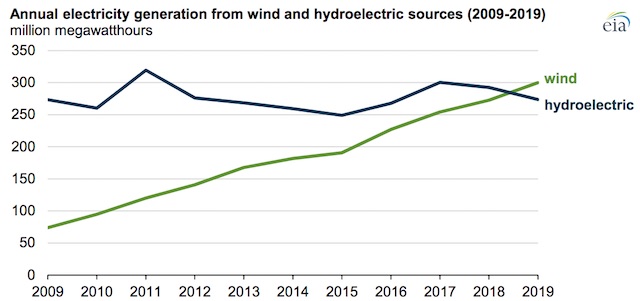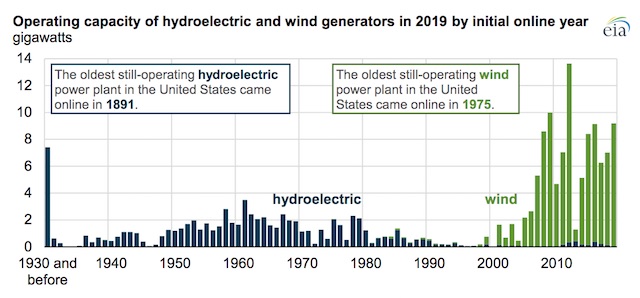
We need solutions for retired wind turbines — solutions other than landfills. Scott Coenen, the executive director of the Wisconsin Conservative Energy Forum, has a lot to say about this, and I think we should sit up and pay attention.
The entire point of clean energy is grounded in one word, “clean.” If we are discarding clean energy tools such as wind turbines into landfills, then we are not being as clean as we could be. That doesn’t put wind power anywhere close to coal or natural gas in terms of dirtiness, but it also leaves open a big window for being greener.
Coenen refers to an incident where there was a photo shared all over social media of wind turbine blades being buried in a Wyoming landfill. The picture illuminates a challenge to wind energy that needs solutions. Coenen believes we can find those solutions. I’m an artist, and I immediately had an idea of repurposing the turbines into artwork. I used to dumpster dive for odd things to paint on in my early twenties, and if I can take a window frame and turn it into a painting, imagine what artists can do with retired wind turbines. Yes, they are huge, but we made them, and we can remake them.
“First, it’s important to recognize that the cost of removing wind turbines at the end of their useful life is almost always included in the initial project,” Coenen writes. So the removal of the turbines is already paid for. Another thing that he points out is that somewhere between 85% and 90% of a turbine’s parts can be recycled or sold. These parts include the foundation, tower, gearbox, and generator. It’s the blades that have very complicated issues due to their makeup. They are made with fiberglass-reinforced plastics or carbon fiber. Coenen talks about Vestas, which is a turbine manufacturer that is committed to eliminating non-recyclable waste from its manufacturing, operation and even the decommissioning of its turbines by 2040.
“Renewable energy, like any new disruptive technologies, comes with tremendous opportunities as well as challenges. As renewables, driven by consumer demand and strengthening economic advantages, increase their market share we need to have honest and informed discussions about the advantages and drawbacks of a technology like wind.” — Scott Coenen
Coenen also writes about how turbine blades in other parts of the world are recycled. This includes the cutting and shredding of the blades into raw fiberglass material that can be reused in manufacturing processes, turned into deck boards, warehouse pallets, and weather-resistant siding, along with other uses.
Coenen thinks that we in the U.S. need to work toward an active solution to the problem of all of these decommissioned wind turbines and I wholeheartedly agree. “Our country has never lacked for an entrepreneurial spirit and a can-do attitude,” he writes. We can do this.








